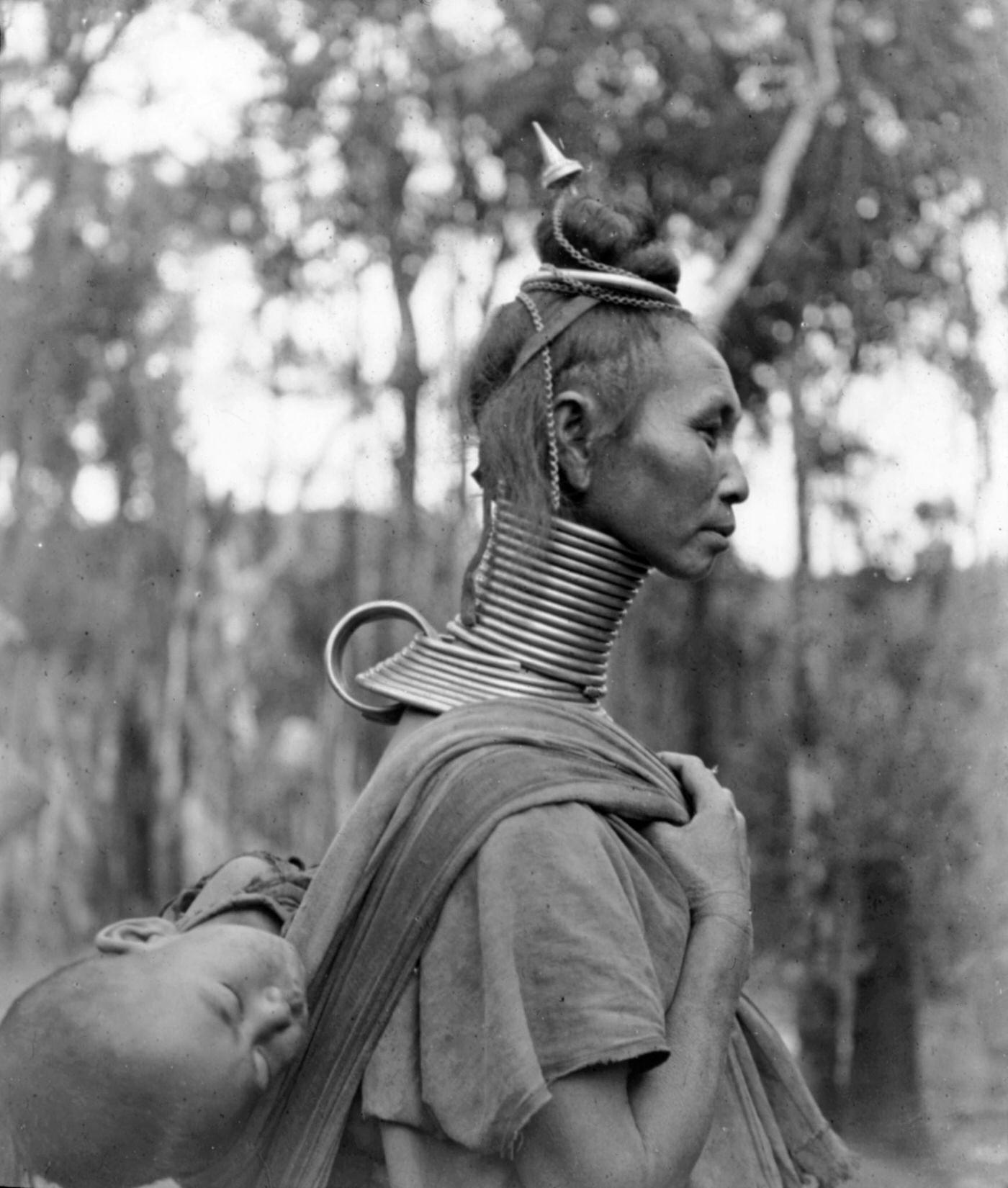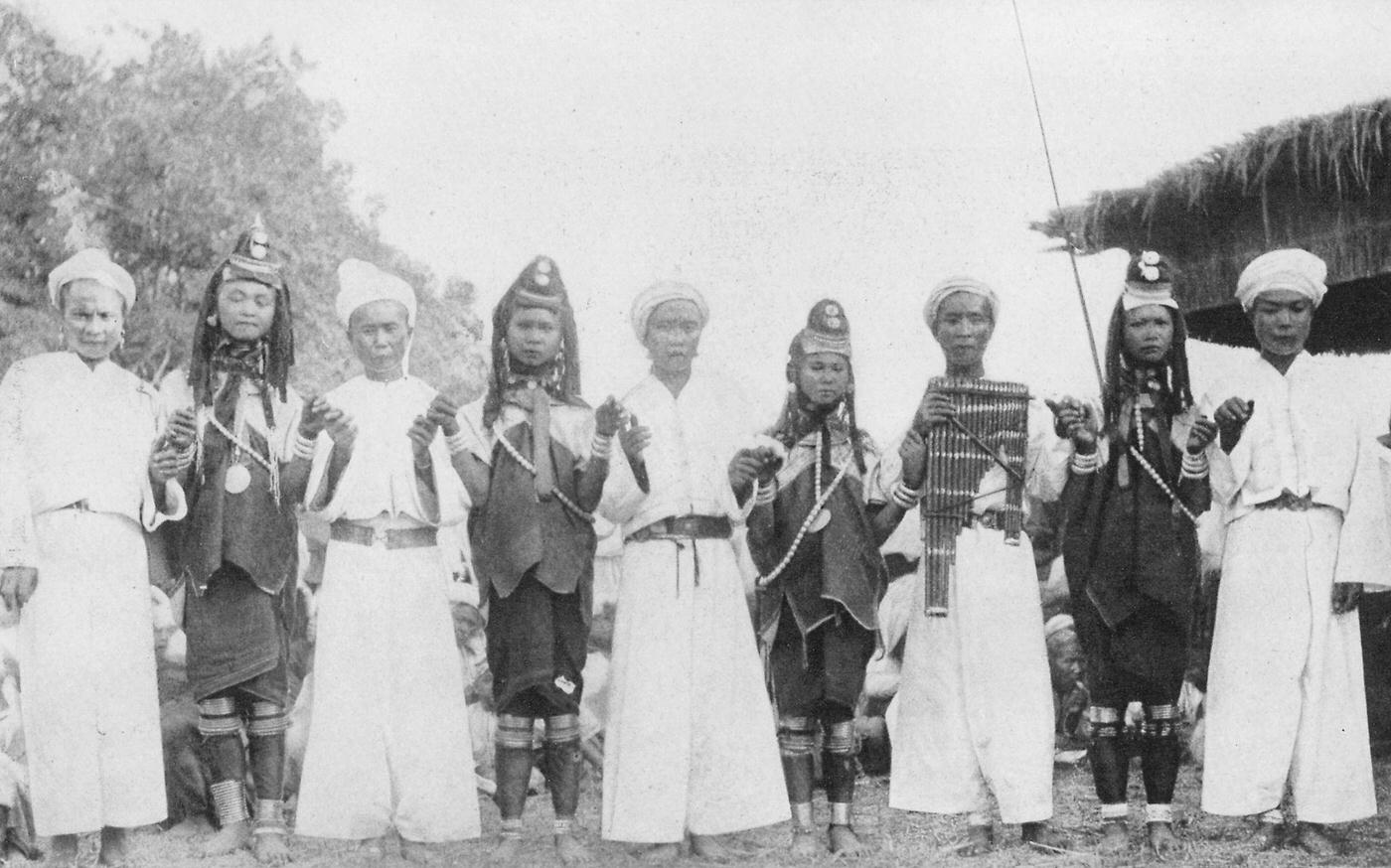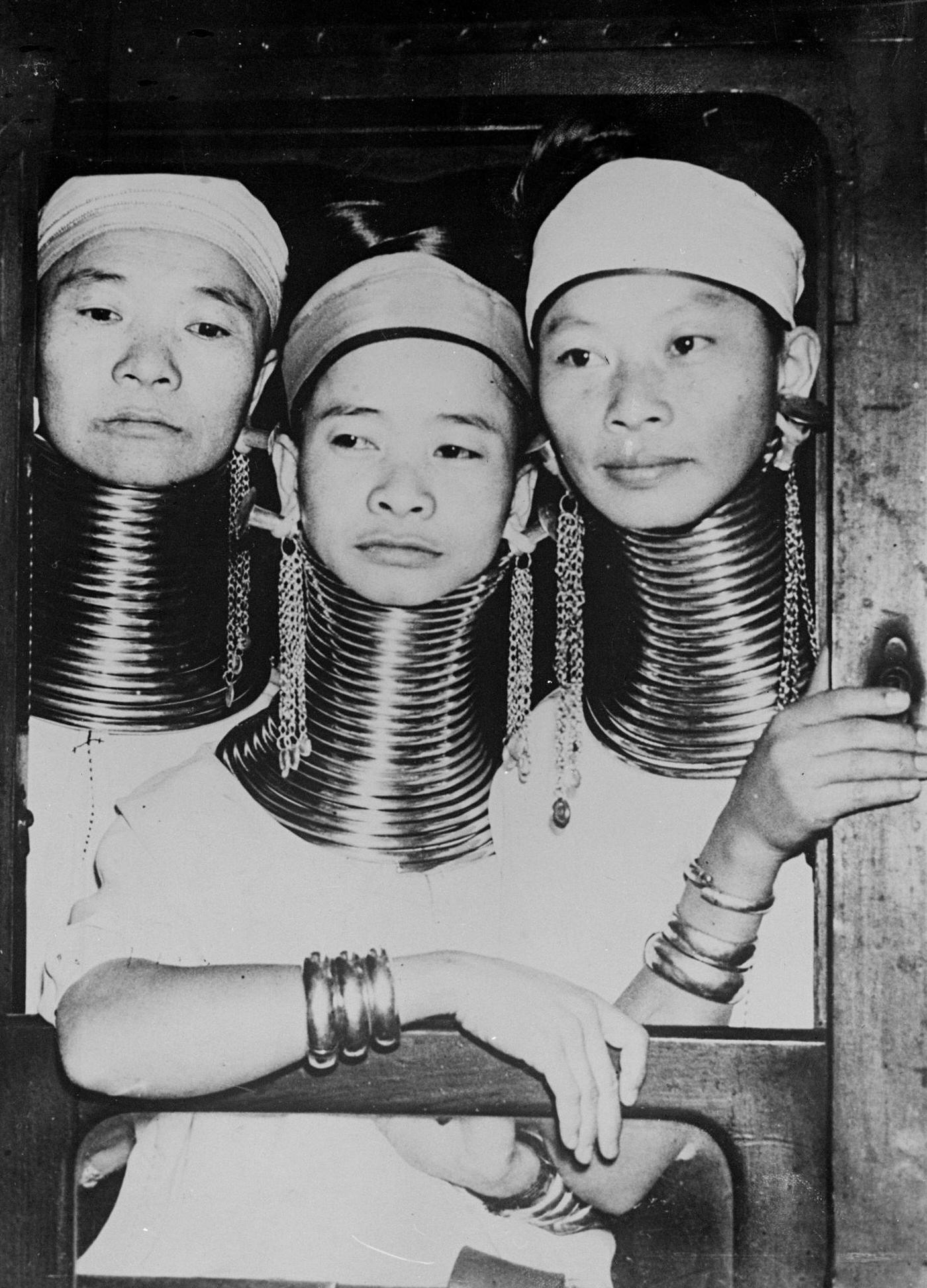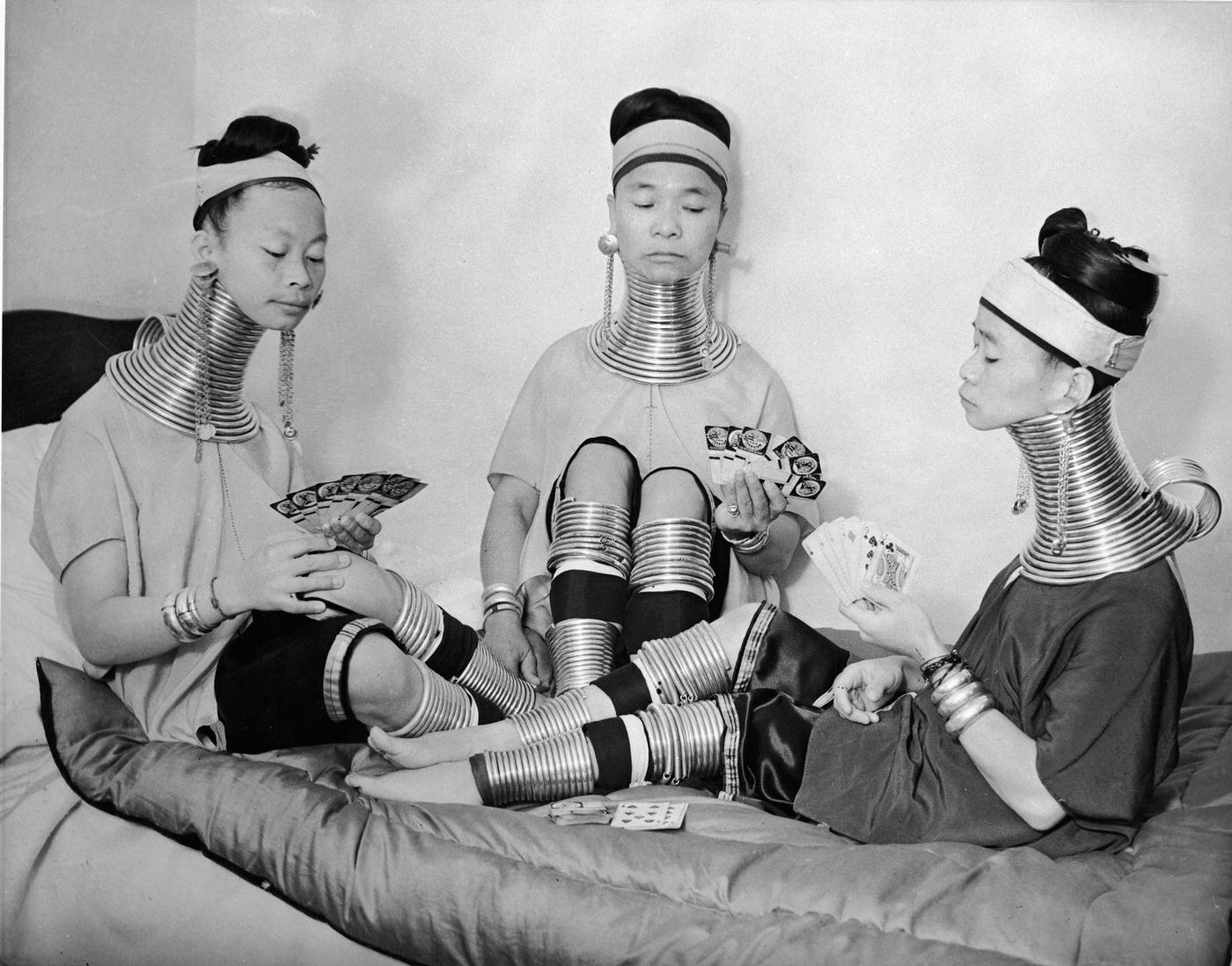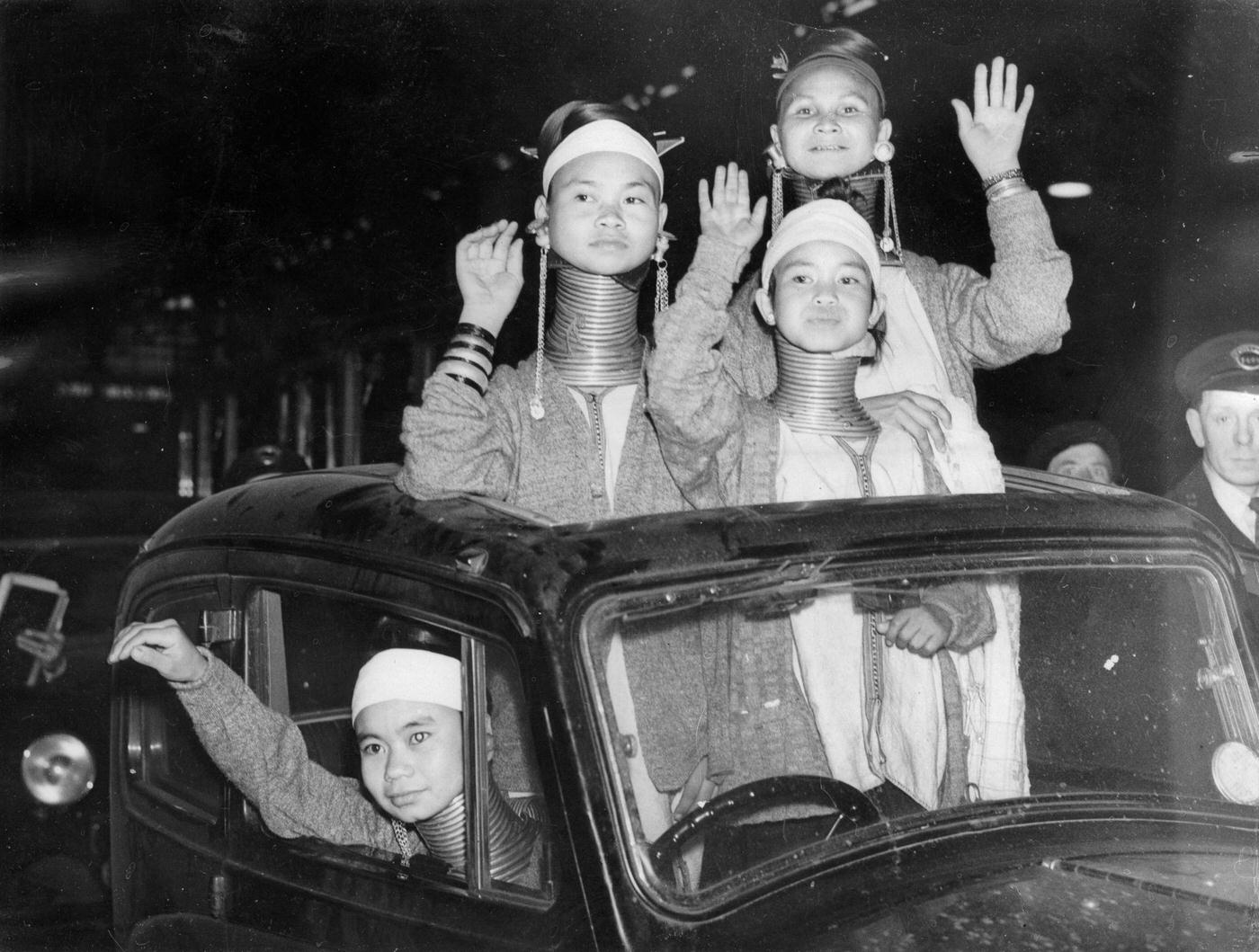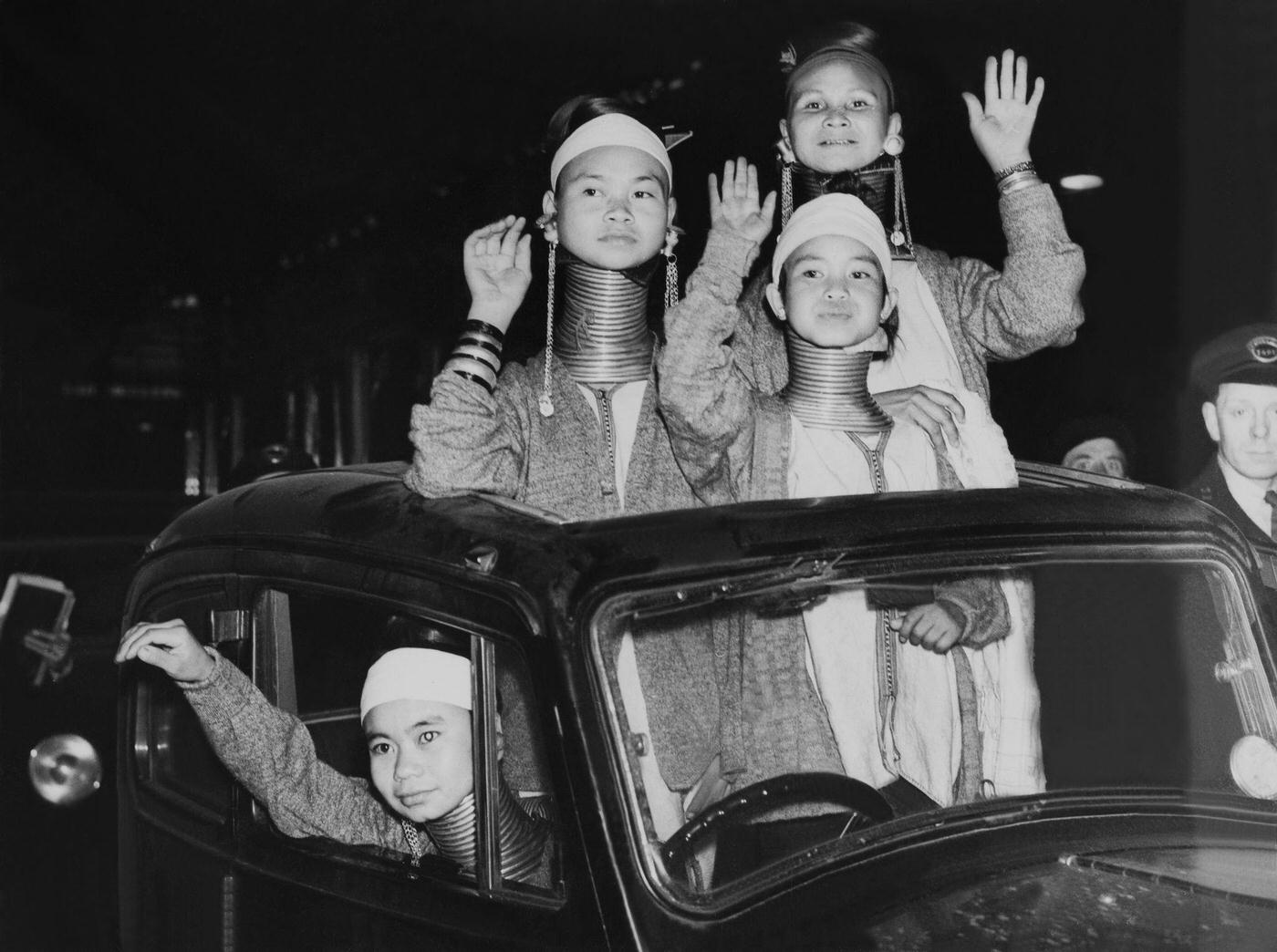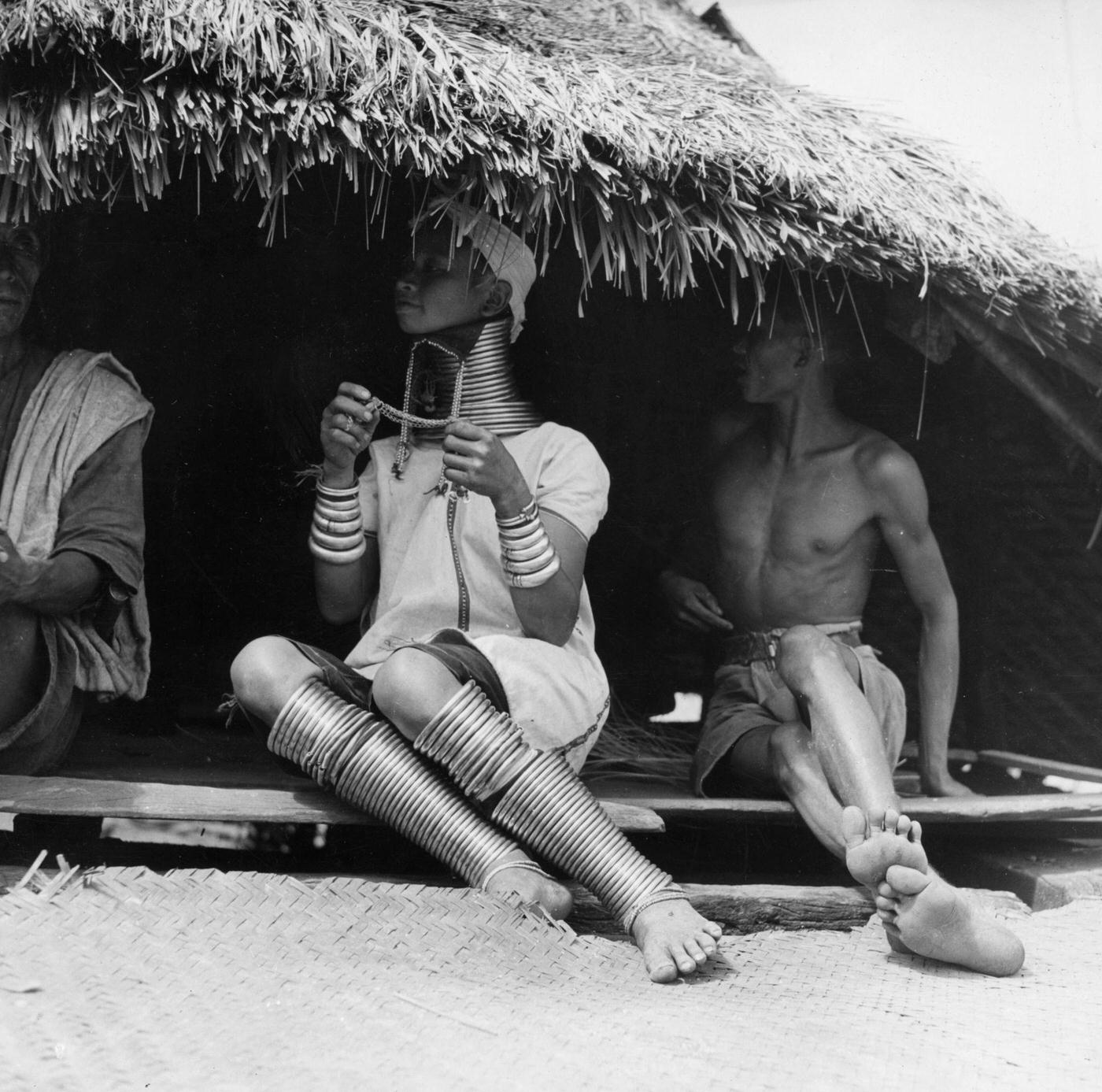The world is a fascinating tapestry of cultures and traditions, each with its own unique flavor and charm. One such thread in this rich mosaic is the Kayan Lahwi tribe, an ethnic group residing mainly in Myanmar and Thailand. They are also known as the ‘Padaung,’ a term coined during British colonial rule, but many of them prefer ‘Kayan,’ the name of their group, over this exonym.
One particularly captivating aspect of the Kayan Lahwi people is their distinct tradition of adorning women with brass neck coils—a cultural practice that has become a powerful symbol of their identity. The women who wear these coils are often dubbed ‘giraffe women’ by tourists, owing to the elongated appearance of their necks. But is there more to this custom than what meets the eye? Absolutely. Let’s delve into this riveting saga.
The Kayan Lahwi People
The Kayan Lahwi people are part of the larger Kayan community, which also includes other subgroups like Kayan Ka Khaung (Gekho), Kayan Lahta, and Kayan Ka Ngan. Predominantly residing in the Kayah state of Myanmar and in parts of Northern Thailand, they have maintained a fascinatingly unique lifestyle, culture, and tradition over the centuries.
Their villages are usually situated amidst lush, verdant hills—testament to the tribe’s love for nature and sustainable living. Primarily farmers, they have a deep reverence for the land, which they believe nourishes their bodies and spirits alike.
The Unique Tradition of Neck Rings
Women from the Kayan Lahwi tribe are renowned for their distinctive brass neck coils. This tradition begins when girls are as young as five years old. Small brass coils are wound around their necks, with larger ones added as they grow older. Over time, these coils push down the collarbones and upper ribs, creating an illusion of an elongated neck.
To outsiders, this might seem an extreme form of body modification. But for the Kayan Lahwi, it is a cherished tradition. The neck rings are considered a sign of beauty, elegance, and cultural identity.
Contrary to popular belief, the women can remove the coils if they wish, and they don’t cause discomfort in daily life. They don’t ‘lengthen’ the necks as is often assumed, rather they push down the collarbones to give an illusion of a long neck. Health complications from this practice are rare, as the body adapts to the weight and shape of the coils over time.
Why Do They Wear Neck Rings?
The origins of this unique practice are steeped in mystery and folklore. Some believe it’s a way to protect the women from tiger attacks, while others theorize it began as a deterrent to enslavement by making the women ‘less attractive.’ A more recent interpretation suggests the coils signify social status and are considered an important part of their identity.
In recent years, however, the practice has been the subject of some controversy. Some argue it’s an outdated tradition that exploits women for tourism. However, many Kayan Lahwi women have voiced their desire to continue the custom, stressing it’s a matter of personal choice and a proud expression of their cultural heritage.
Cultural Identity Amidst Tourism
The ‘giraffe women’ have become a major tourist attraction in Thailand and Myanmar. Visitors flock from around the globe to witness this unique tradition and to interact with the tribe. However, there’s a fine line between cultural appreciation and exploitation.
The Kayan Lahwi people welcome visitors who respect their culture, but they caution against reducing their rich traditions to mere exotic spectacles. The neck rings are a symbol of their cultural identity, not a sideshow for tourists.



